Since its inception in 2012, World Lung Cancer Day has been observed every year on August 1st. Lung cancer was a rare disease in the early 20th century but its incidence has gradually increased with the increase in the habit of smoking. Now, it has become one of the most common cancers in the world. As per the latest report by the World Health Organization, 2.21 million new cases of lung cancer have been reported. Thankfully, lung cancer is a preventable disease. Medicircle is conducting a series to raise awareness about the right habits and correct information to avoid all chances of lung cancer by speaking to eminent specialists in this domain.
Dr. Nisha Vishnu is a Radiation Oncologist with expertise in advanced radiation oncology techniques. Having experience in oncological patients management and clinical research. She is working as a radiation oncologist in Fortis Hospitals and Max Clinics in Bangalore.
Causes of Lung Cancer
Dr. Vishnu explains, “The most important way to put oneself at a higher risk for developing lung cancer is by consuming tobacco, especially by smoking. But having said that, non-smokers can sometimes get diagnosed with lung cancer. So there have to be other reasons as well. Usually, more than one risk factor works together to cause lung cancer. Now, some of these factors are genetic susceptibility, poor nutrition, exposure to radiation at an early age, or exposure to environmentally harmful gases, or occupational exposure to harmful stuff, like aluminum, nickel, or arsenic. Air pollution be it vehicular, industrial, or domestic can cause chronic lung diseases. The list of risk factors is very long, and we don't even know the entire list as of yet.”
Can Lung Cancer affect a particular subset of the population more?
Dr. Vishnu proclaims, “Yes. A geographical area where the risk factors are more prevalent would naturally be having more lung cancer incidence. Hence, a society where smoking is almost endemic would have more individuals developing lung cancer. Or a geographical area having more background natural radiation might see slightly more lung cancer patients. Usually, multiple factors independently or together at different points of time cause genetic mutation or damage. And the accumulation of these damages produces cancer. And this happens over a long period of time and that is why usually, lung cancer is a disease found more at an older age.”
Diagnosis of Lung Cancer
She elaborates, “When a patient suspected with lung cancer comes to our hospital, the goal is to provide correct diagnosis and accurate stating so that appropriate therapy can be administered in a timely fashion. The general approach towards treating cancer is usually tailored not only to the clinical presentation of each of our patients but also as per the overall health, logistics and preferences of our patients. Now, the first step towards diagnosis is a thorough history and physical examination. Based on that we usually ask our patients to undergo some form of imaging, starting with a simple chest X-ray to a whole-body PET scan. This helps us to diagnose and find out the stage of the disease and also know where to put a needle for the biopsy. Coming to the biopsy, it is nothing but putting a needle into the tumour, taking a small chunk of it and looking it under the microscope. This can be done using a bronchoscope, which is a tube with a camera that goes into the patient's respiratory pipes, or can be image-guided like a CT scan. Now, this small chunk of tumour gives us information about the type of cancer and the biological aggressiveness of the tumour. And also, we run some tests to find out the molecular markers that can guide us in the treatment. We also run a gamut of blood tests to assess the general blood counts, kidney function, liver function, and the general health of the patients. Now, there are tests to assess the overall and the lung-specific fitness of the patient so that we know if patients are fit for different treatment modalities. Now once we have all this information, we give the final diagnosis with the stage and biology of the tumour. In the institutes that I work, we put the case through multi-speciality tumour board, wherein each case is discussed thoroughly between the surgical radiation, medical oncologist, pathologists, radiologists, nuclear medicine specialists, etc. A treatment plan is finalised after discussing that patient and family their preferences as well.”
Diagnosis for Early vs. Late-stage cancer
She says, “For early-stage lung cancer, surgery is considered to be the gold standard. Some patients are not fit for surgery because they are too old or have too many adjoining health conditions. We still can cure them in the early stages with a non-invasive equivalent of surgery and we call it stereotactic body radiotherapy. And for patients with locally advanced lung cancer, that is cancer has spread to nearby areas. But without distance spread that is not spread to the bone or any other organ. Then we can offer a chance to cure with combined modalities of radiotherapy and chemotherapy. Now for stage IV lung cancer that is when cancer has gone to distant places i.e. a widespread distance spread. In such cases, we do not usually offer a cure. So chemotherapy or targeted or immunotherapy is a mainstay with radiation therapy prescribed to selected patients to elevate the pain or other symptoms. So you see how early detection uses minimal modalities to attain Best of the resource and how late diagnosis can put a question mark on the complete kill.”
Covid and Lung Cancer Patients
She suggests, “This is a very important question, not only lung cancer patients but everyone should take precautions in this pandemic situation. Having said that, lung cancer has a unique relationship with COVID infection as both affect the lungs and have similar symptoms. So during treatment, it becomes very difficult to differentiate between exacerbation of the existing lung cancer versus a new COVID infection in a cancer patient. Also, lung cancer patients have almost twice the risk of COVID-19 infection than the general population. But since many lung cancer patients are older and have underlying lung disease and decreased lung capacity due to chemotherapy, the chances of complications of a COVID infection is much higher. And hence, prevention is the best strategy. So vaccination, social distancing, and double masking and good nutrition are the only proven ways that we know to prevent COVID infection not only for the lung cancer patients but also for the general population.”
Cancer and Passive Smoking
She tells, “Along with active smoking, passive smoking is equally important to avoid. When a smoker is smoking in the house, it is not only himself that he is risking being a cancer patient, but he is also exposing his family to it. This includes younger kids in the family as well. So when we look into the pathogenesis of cancer, which is like the accumulation of mutations or the accumulation of genetic damage, it makes a lot of sense that a child who is continuously exposed to smoking develops it. By being exposed to smoking for a long time he definitely has a high risk of developing cancer at a later stage without him doing anything for that matter. So passive smoking is an equally important thing that has to be kept in mind when we discuss smoking.”
(Edited by Priyal Shah)
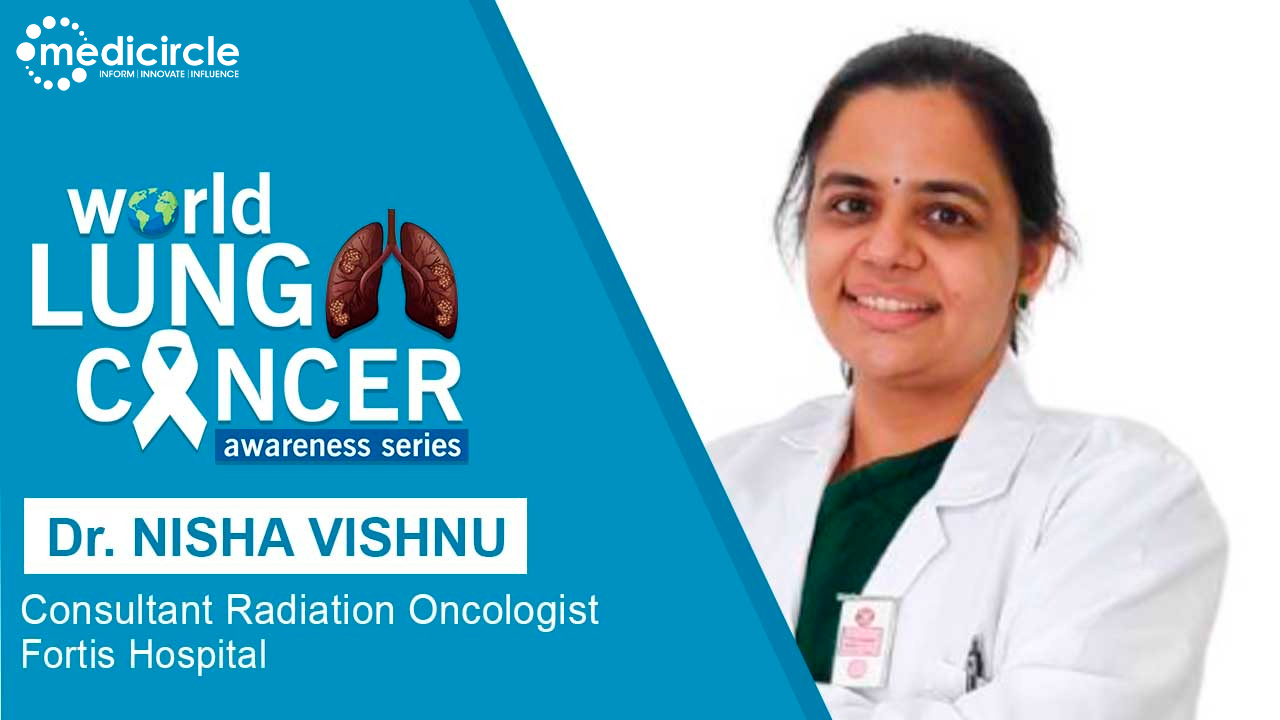
 Learn from Radiation Oncologist, Dr Nisha Vishnu, about the diagnosis procedure behind early and late-stage cancer. See the harm done by passive smoking amongst young children.
Learn from Radiation Oncologist, Dr Nisha Vishnu, about the diagnosis procedure behind early and late-stage cancer. See the harm done by passive smoking amongst young children.







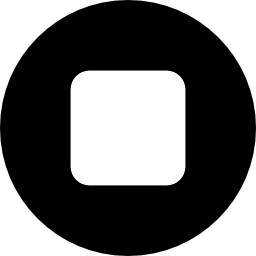

.jpeg)
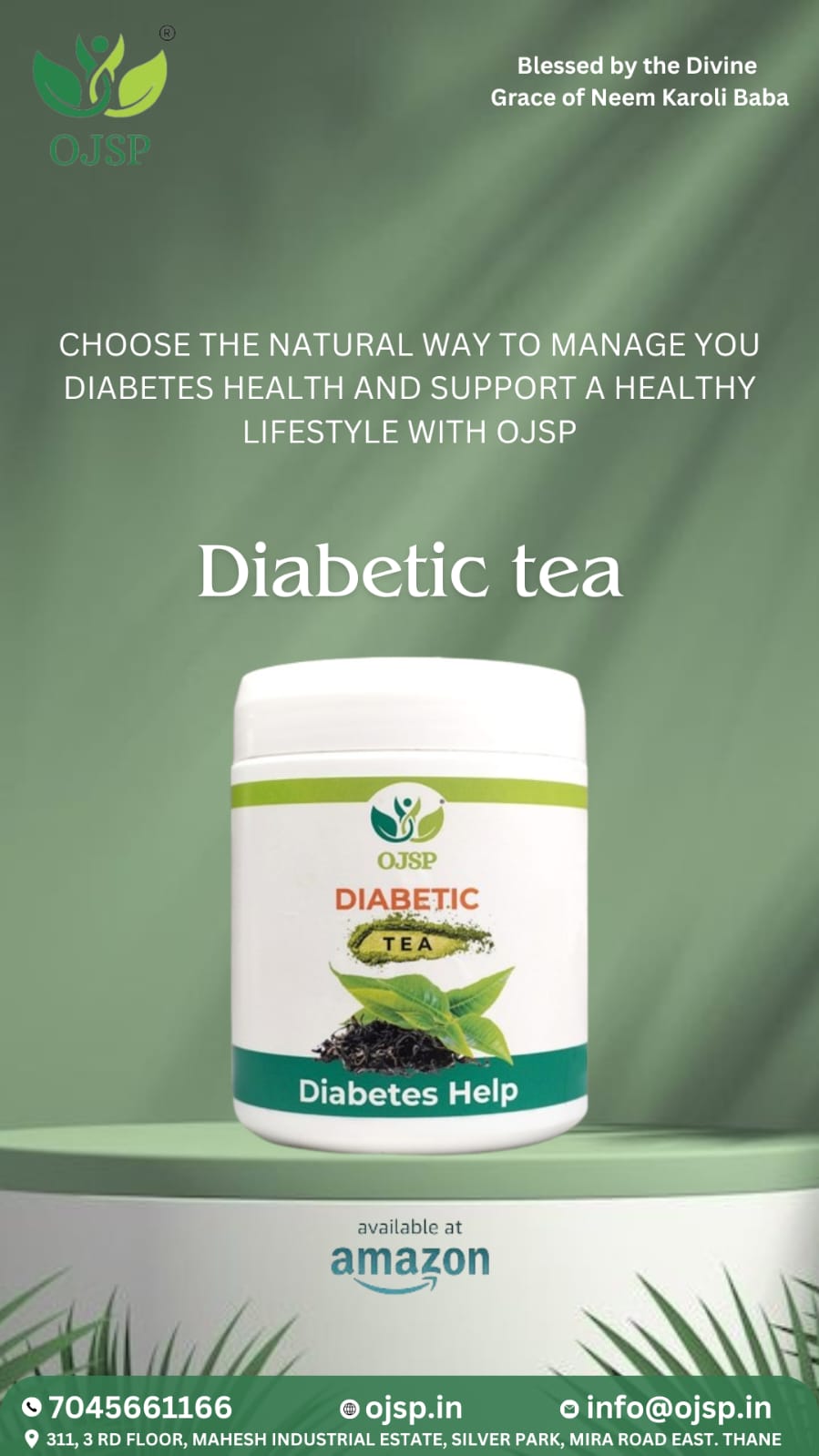


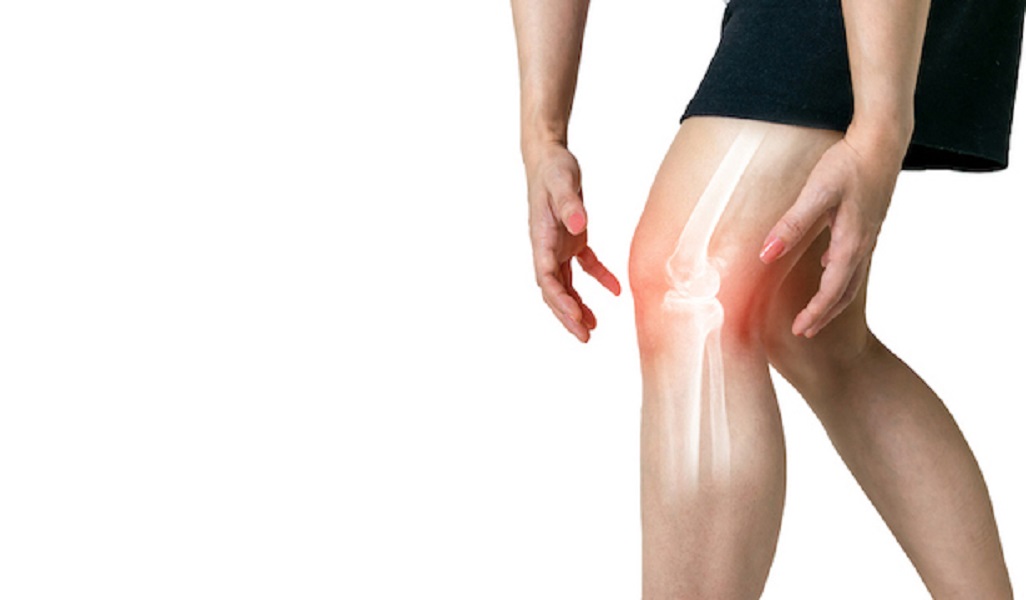


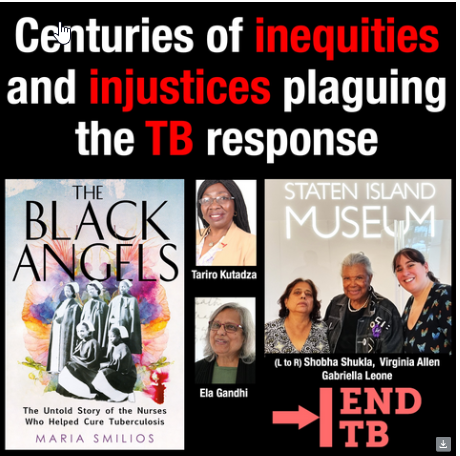


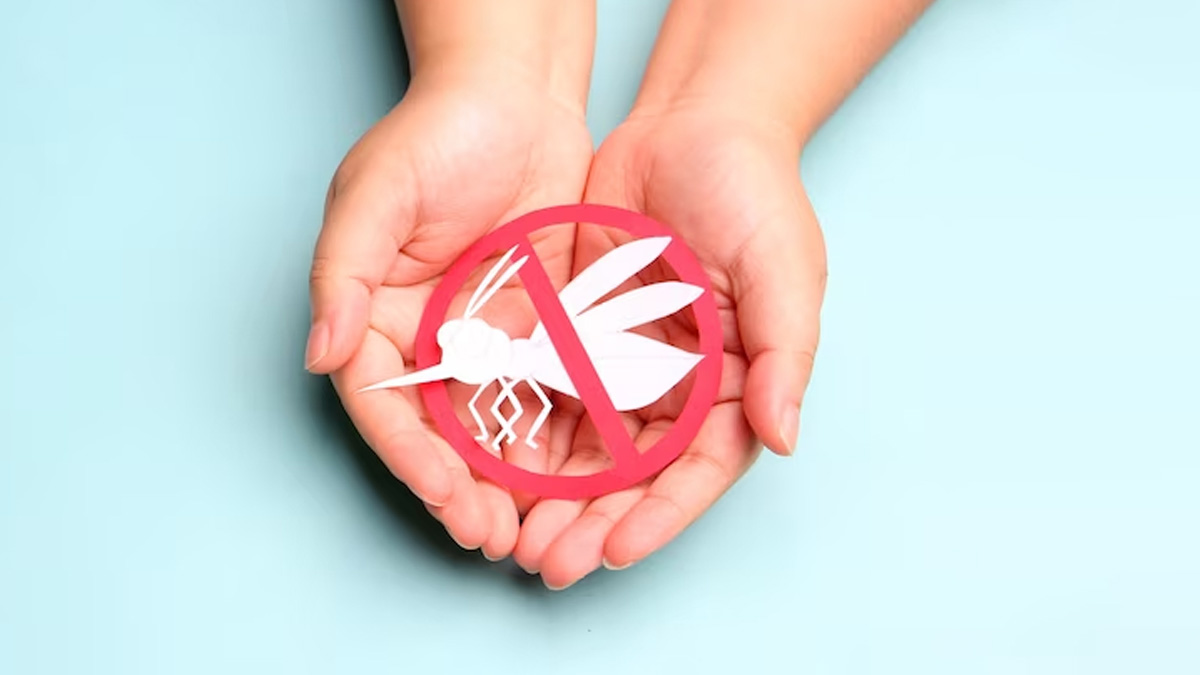
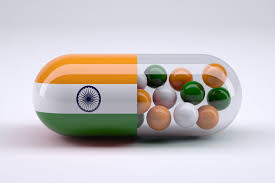






.jpg)


